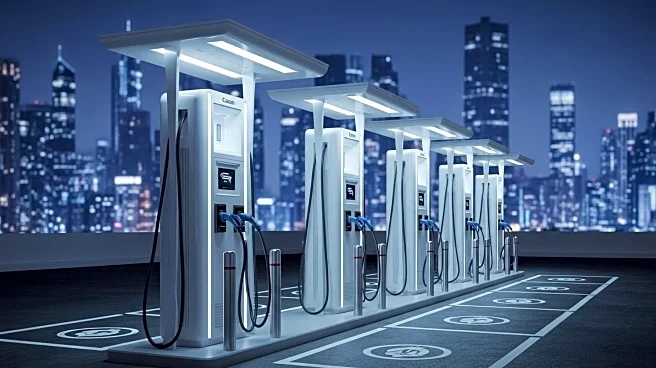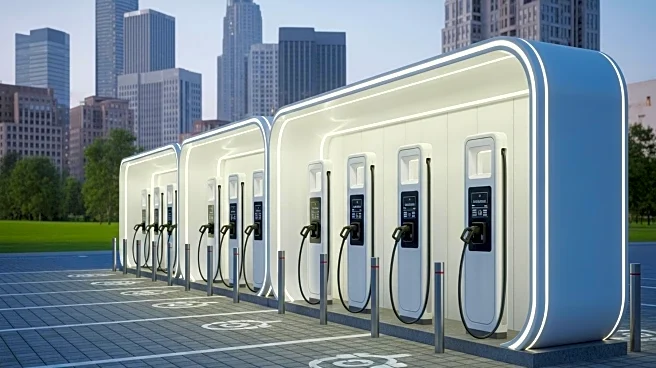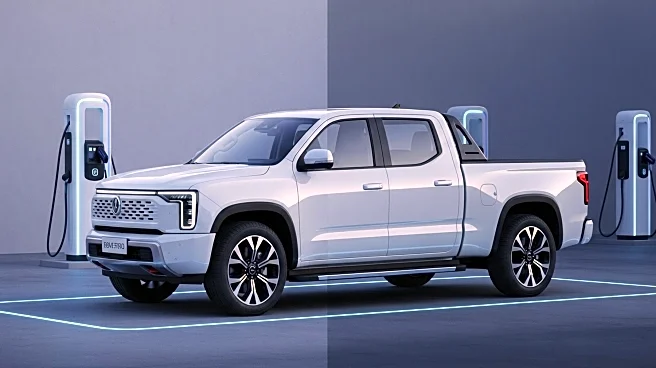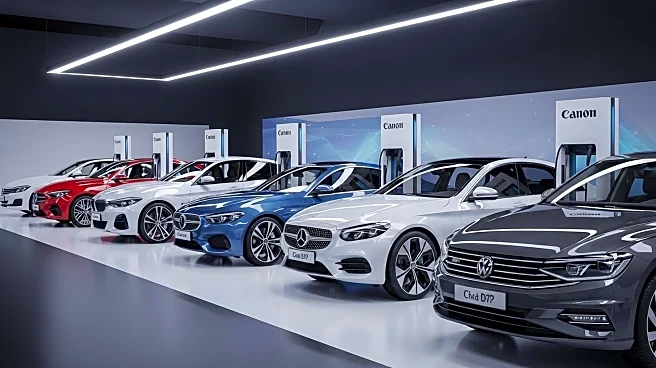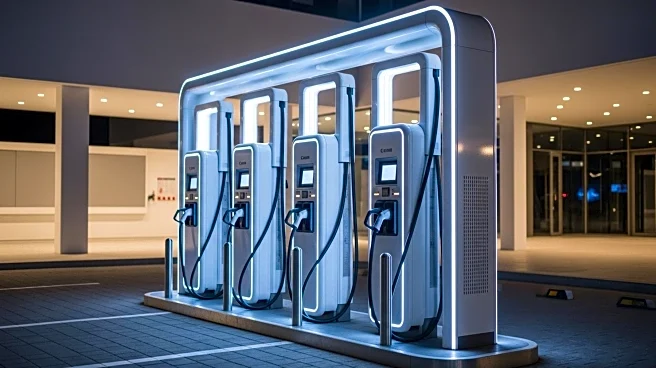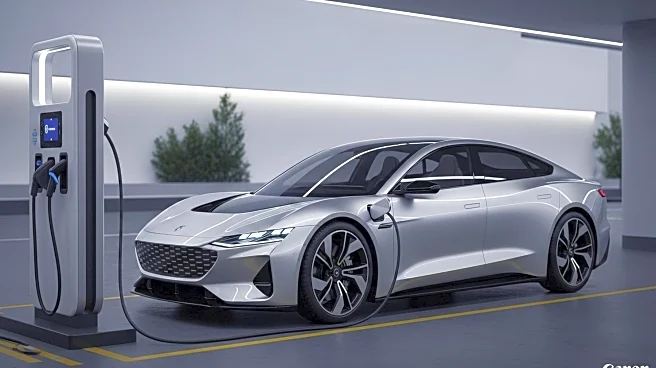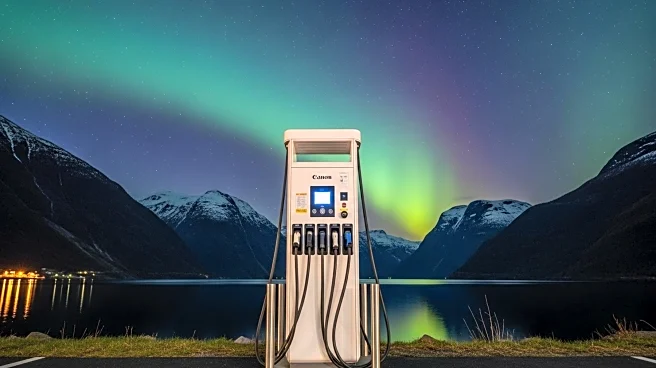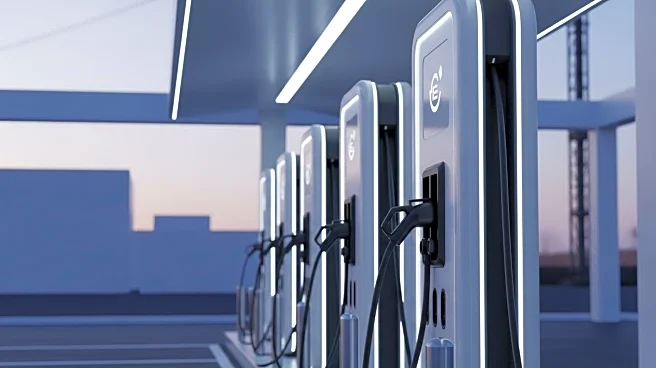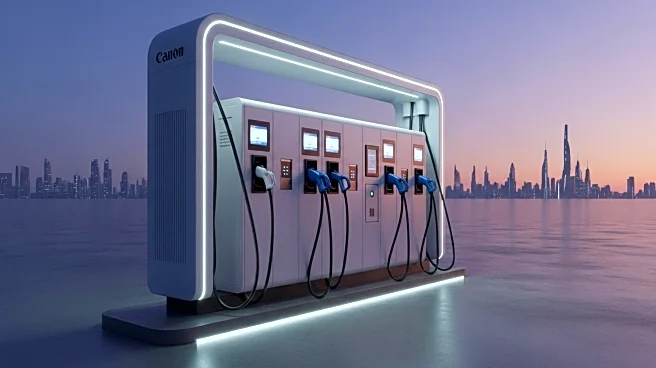What is the story about?
What's Happening?
TomTom, a leader in location technology, has announced a significant milestone in the electric vehicle (EV) sector by mapping over 2 million EV charging points worldwide. This development underscores TomTom's commitment to supporting the transition to zero-emission driving by providing comprehensive and reliable EV navigation solutions. The company emphasizes the importance of accurate and complete data for EV routing, ensuring that drivers have access to trustworthy navigation information. Manuela Locarno Ajayi, TomTom's Senior Vice President for Product Engineering, highlighted the company's dedication to making EV journeys worry-free and supporting automakers in expanding EV services.
Why It's Important?
The mapping of over 2 million EV charging points by TomTom is a crucial step in facilitating the widespread adoption of electric vehicles. As the demand for EVs continues to grow, the need for reliable and accessible charging infrastructure becomes increasingly important. TomTom's efforts to provide accurate navigation data can help alleviate range anxiety among EV drivers, encouraging more consumers to transition to electric vehicles. This development also supports automakers in enhancing their EV offerings, potentially leading to increased sales and a reduction in carbon emissions. The initiative aligns with global efforts to combat climate change by promoting sustainable transportation solutions.
What's Next?
As TomTom continues to expand its EV charging point mapping, the company is likely to collaborate with more automakers and partners to enhance EV navigation services. This could lead to further innovations in EV technology and infrastructure, making electric vehicles more accessible and convenient for consumers. Additionally, the increased availability of charging points may prompt governments and businesses to invest in further developing the EV ecosystem, including the installation of more charging stations and the improvement of existing infrastructure. These efforts could accelerate the transition to a more sustainable transportation system.
AI Generated Content
Do you find this article useful?
